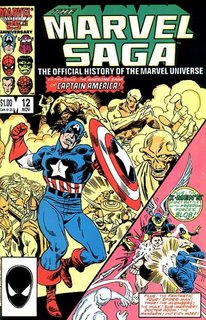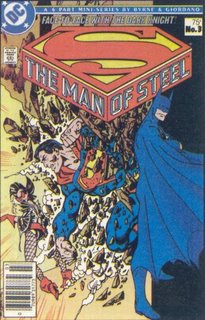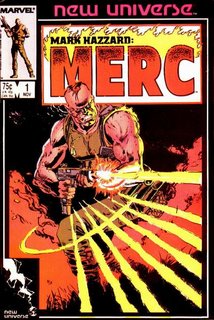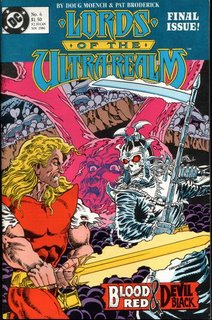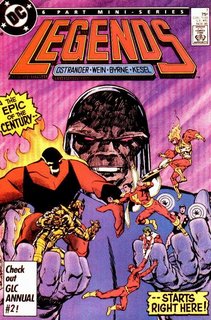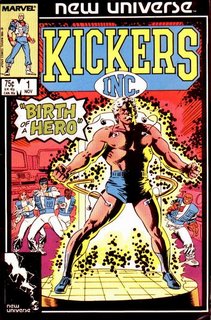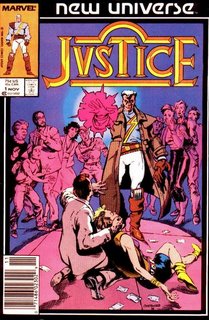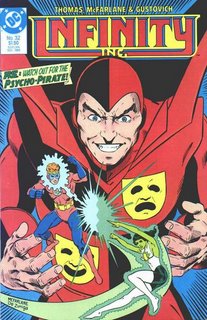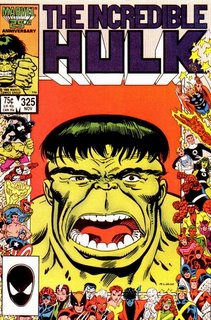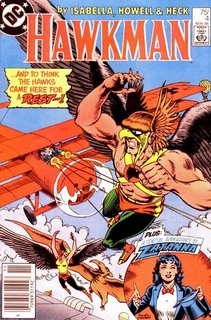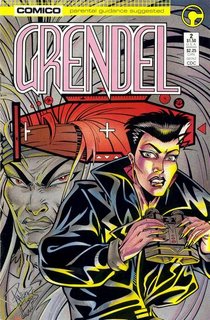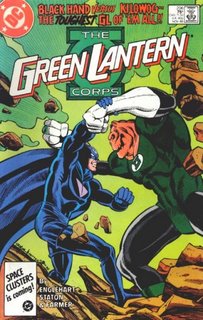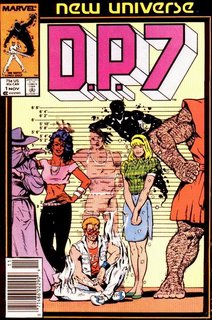Nov. '86 - The New Mutants # 45
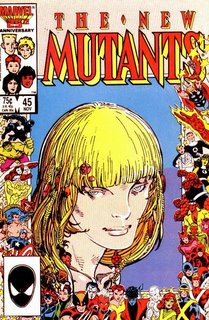
This was a good single issue story by Chris Claremont. The new mutants attend a dance at the local school. There they meet a new student of the high school. He's being teased because he's the new guy. His school-mates anonymously send him a X-Factor phamphlet claiming he's a mutant and they're going to call X-Factor to come get him. The irony is he really is a mutant and thinks his secret has been discovered. To try and hide the fact he's a mutant he tells some mutant jokes which offends the New Mutants. Now he's alienated his potential new friends, too. With no one to turn to he commits suicide.
The New Mutants find out after his death that he was a mutant and reflect on the knowledge that that could have been them if Xavier's school hadn't taken them in.
It was a good, emotional story. Claremont did an excellent job of making us feel for the new student in the space of one issue. The art was good, too - pencilled by Jackson Guice and inked by Kyle Baker. Baker's inks helped maintain the Sienkiewicz look who had really left an imprint on the comic with his distinctive style.
